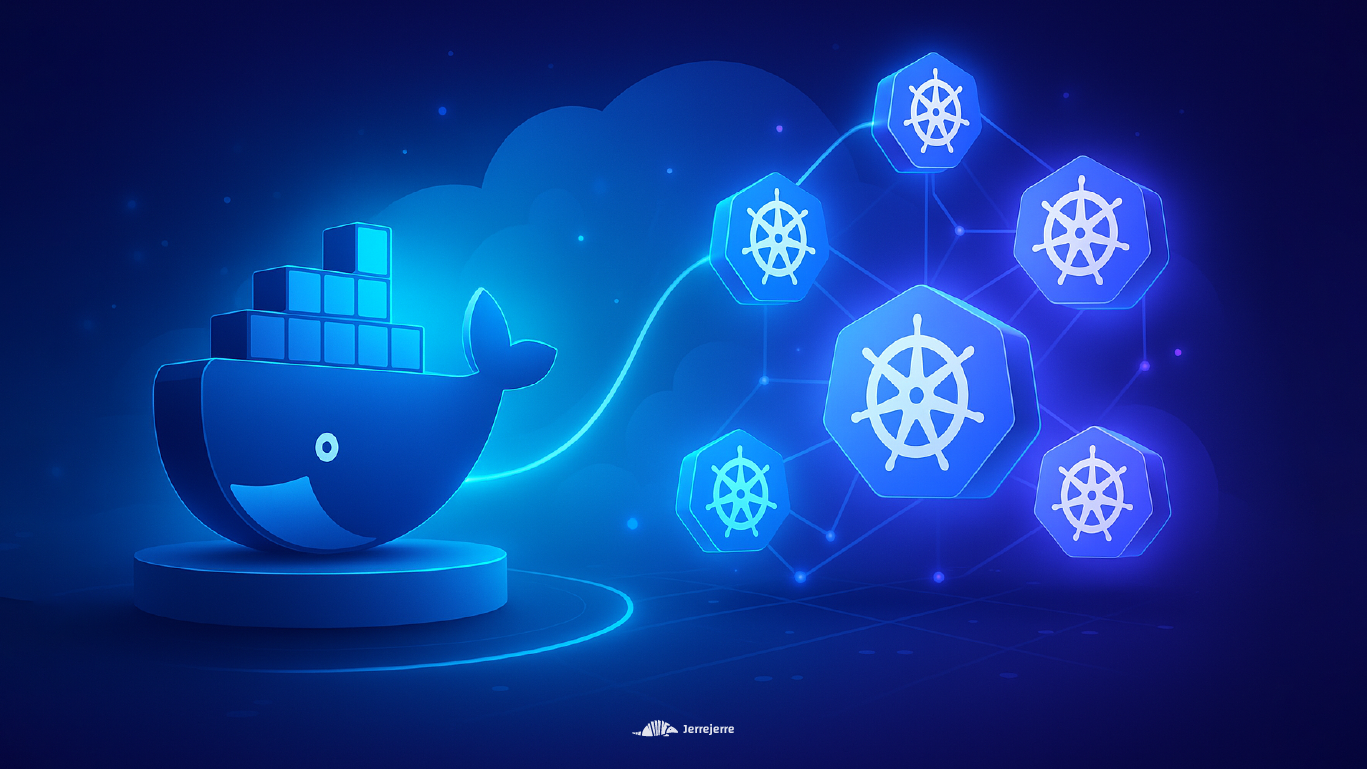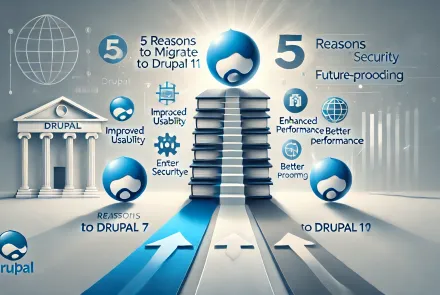As a project grows, so do its challenges. What starts as something manageable with Docker and Docker Compose eventually shows its limits: traffic increases, server resources get saturated, and maintaining multiple environments becomes increasingly complex. That’s when I decided to take the next step — into the world of Kubernetes.
I won’t lie: at first, it felt overwhelming. Its learning curve is steep, but its promise is powerful. Kubernetes automates infrastructure so deployments become scalable, stable, and maintainable — without relying on a single server or constant developer intervention.
One of the most valuable experiences I had was migrating a Strapi and Next.js infrastructure from Docker Compose to a cluster in Kubernetes. The change was remarkable: availability improved, deployment times dropped, and most importantly, mid-term operational costs decreased.
With autoscaling configured, resources adjusted dynamically based on load. During nights or weekends, when traffic decreased, pods scaled down — and so did costs. It felt like going from manually managing a server to watching the system intelligently respond on its own to real-time needs.
Beyond the numbers, what I gained was peace of mind. Updates, rollbacks, and new releases stopped being risky maneuvers and became controlled, automated processes with zero downtime for the end user.
Over time, I realized it’s not just about learning a new tool — it’s about changing the way we think about infrastructure. A well-containerized project doesn’t just run better; it lives better over time — easier to maintain, scale, and understand for anyone who joins later.
From an economic perspective, investing in a solid architecture based on containers may seem like a higher upfront expense, but in the long run it reduces hours of maintenance, human errors, and production outages. In the real world, that translates to savings and stability.
Today, every time I deploy a project, I don’t think about servers — I think about containers. And when I think ahead, I think about clusters. Because code changes, dependencies evolve, but well-designed architecture endures.




